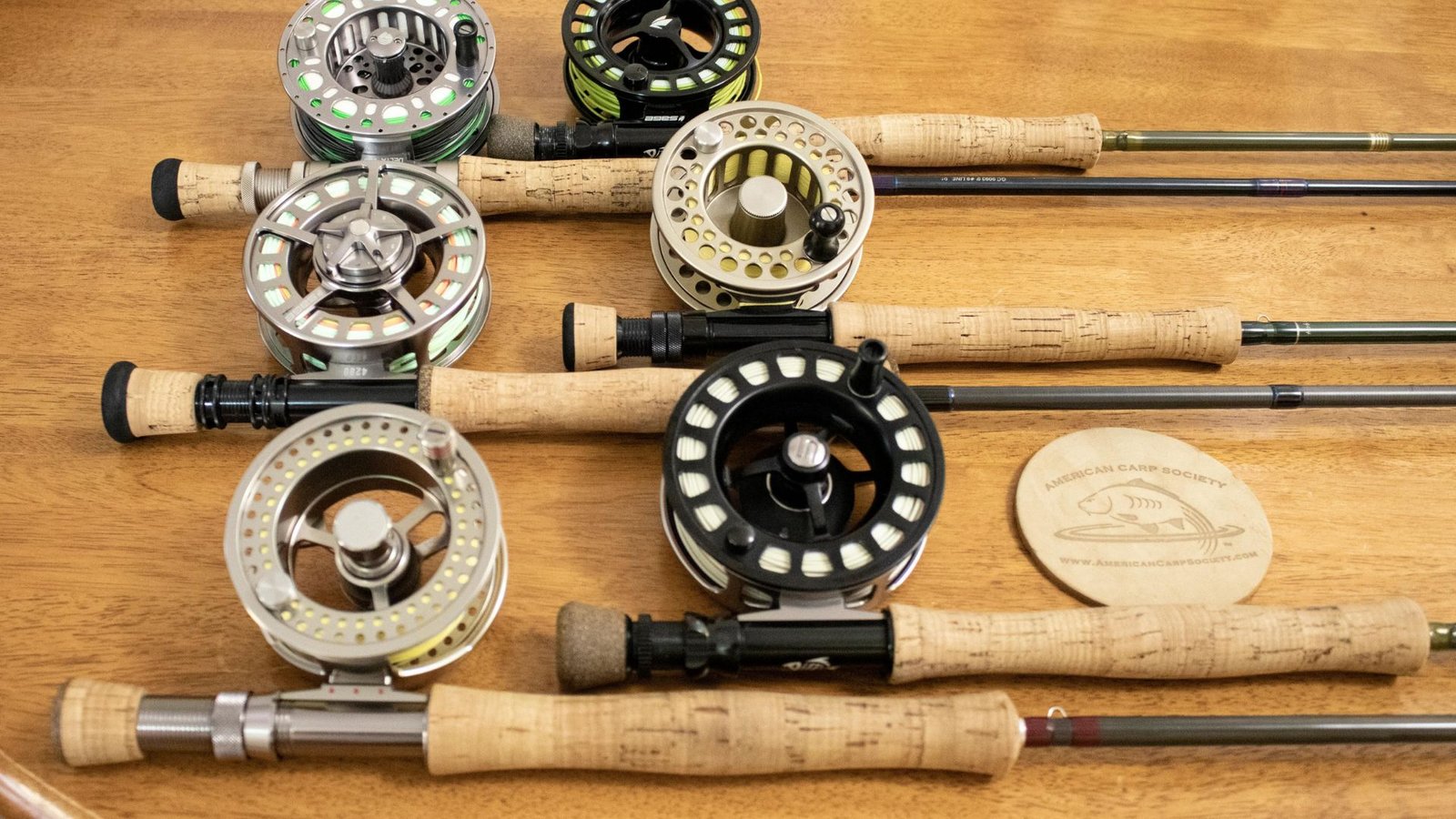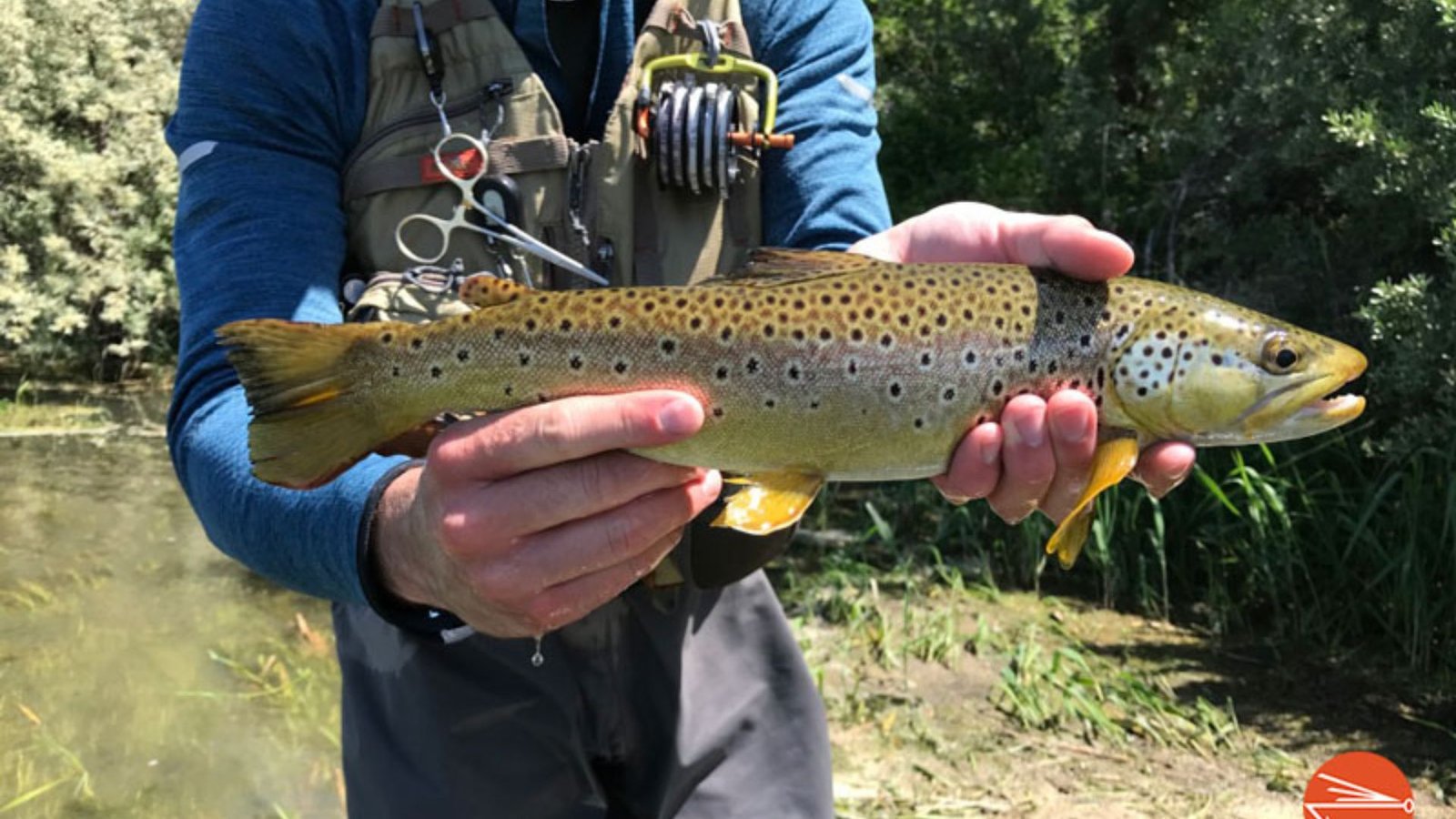Creating realistic salmon flies is both an art and a science. Experienced fly tiers know that the devil is in the details, and mastering advanced techniques can make a significant difference in the effectiveness of your flies. This blog post will guide you through some advanced techniques for tying realistic salmon flies that will improve your success on the water.

Advanced Techniques for Tying Realistic Salmon Flies
The Importance of Realism in Salmon Flies
- Increased Attraction
- Realistic flies mimic natural prey closely, making them more appealing to salmon.
- Small details, such as the movement and appearance of the fly, can trigger strikes from even the most cautious fish.
- Matching the Environment
- Flies that look natural in their environment are less likely to spook fish.
- Understanding the local ecosystem and the behavior of salmon is crucial for creating effective flies.
Advanced Tying Techniques
- Proportionality
- Head and Body Size: Ensure that the head and body of the fly are proportionate to each other. A large head can make the fly look unnatural.
- Wing Length: The length of the wing should be approximately the same as the body length. This balance helps the fly swim correctly in the water.
- Tail Length: The tail should not exceed the length of the body to avoid spooking fish.
- Layering and Segmentation
- Layering Materials: Use multiple layers of materials to create a more realistic look. For instance, layering different shades of feathers can mimic the natural coloration of prey.
- Body Segmentation: Creating segmented bodies with thread or wire can add realism and make the fly more attractive. This technique mimics the natural segments of insects.
- Using Natural Materials
- Feathers and Fur: Natural materials like feathers and fur have lifelike textures and colors that synthetic materials often lack.
- Matching the Hatch: Using materials that closely match the local prey species increases the chances of success.
- UV Reflective Materials
- UV Reflective Threads: These materials can make flies more visible under various light conditions. Salmon can see ultraviolet light, so using UV reflective materials can increase attraction.
- Combining UV and Natural Materials: A combination of UV reflective and natural materials can create a fly that is both visible and realistic.
- Enhanced Movement
- Articulated Flies: Creating articulated flies with multiple segments allows for more lifelike movement in the water.
- Soft Materials: Use soft materials like marabou and rabbit fur to add natural movement to your flies.
Techniques for Specific Fly Patterns
- The Intruder Fly
- Proportionality: Keep the head small and the body slim to mimic small fish or large insects.
- Layering: Use multiple layers of ostrich herl and marabou for a lifelike appearance.
- UV Reflective Materials: Incorporate UV reflective materials for added visibility.
- The Green Butt Skunk
- Color Matching: Use bright green for the butt and black for the body to match the natural prey.
- Segmentation: Create segmented bodies using black thread and silver tinsel.
- Movement: Use soft materials like marabou for the tail and wings.
- The General Practitioner
- Natural Materials: Use golden pheasant feathers for a realistic appearance.
- Proportionality: Ensure the tail is about half the length of the body.
- Layering: Layer different shades of orange and red feathers for a natural look.
Tips for Perfecting Your Techniques
- Practice and Patience
- Mastering advanced tying techniques takes time and patience. Regular practice will help you develop the skills needed to create realistic flies.
- Study Natural Prey
- Spend time observing the natural prey of salmon in your fishing area. Pay attention to colors, sizes, and movements to better mimic them in your flies.
- Use High-Quality Materials
- Investing in high-quality materials can make a significant difference in the realism of your flies. Natural materials often provide better results than synthetic ones.
- Learn from Experts
- Watch tutorials, read books, and attend workshops to learn from experienced fly tiers. They can provide valuable insights and tips for improving your techniques.
Conclusion
Mastering advanced techniques for tying realistic salmon flies can significantly enhance your fishing success. By focusing on proportionality, layering, natural materials, UV reflective materials, and movement, you can create flies that closely mimic natural prey. Practice, study, and learning from experts will help you refine your skills and create flies that attract more salmon. Happy tying!




